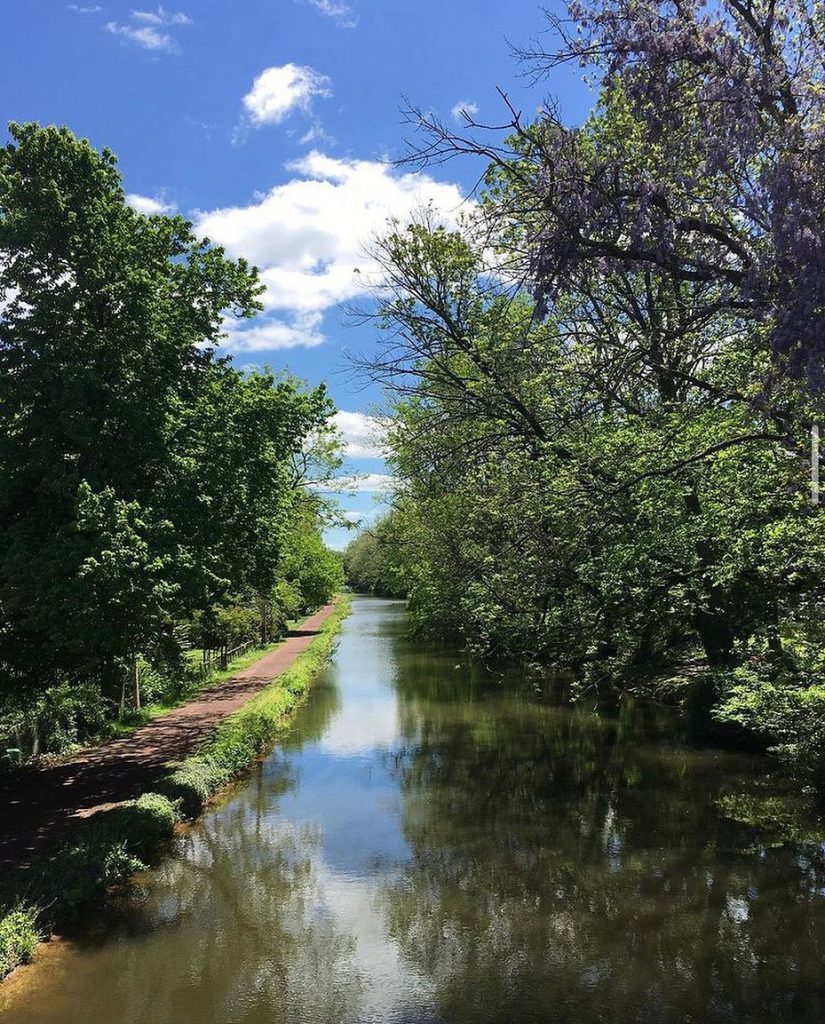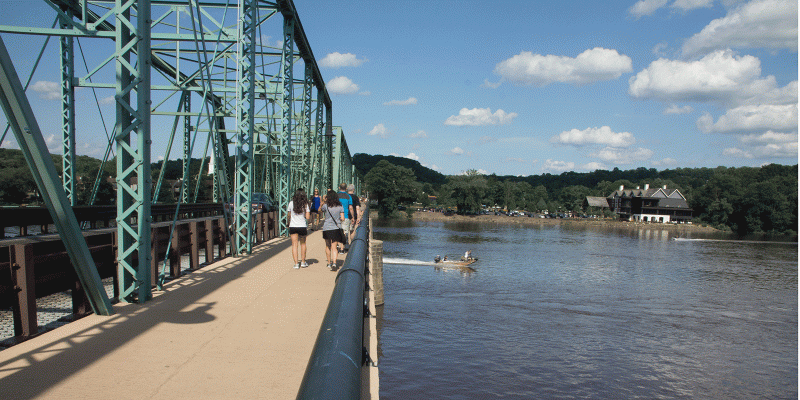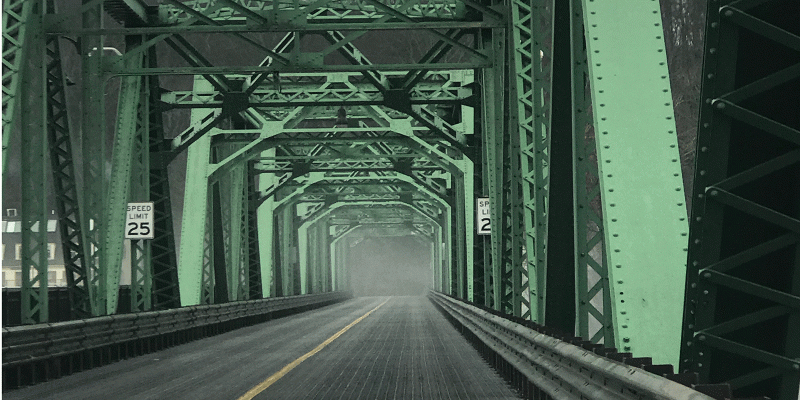Claire Wildermuth Sadler has been appointed executive director of the Delaware & Lehigh National Heritage Corridor (DLNHC).

The DLNHC helps preserve and promote the 165-mile transportation route between Wilkes-Barre and Bristol, Pennsylvania, which includes the more than 50 miles of towpath within the Delaware Canal State Park that stretches from Easton to Bristol that’s been designated a National Recreation Trail.
The nonprofit’s previous executive director, Elissa Garofalo, retired earlier this year after leading the organization for more than two decades.
Sadler was hired by the DLNHC in 2014 as its conservation coordinator. In the years since, she’s filled a number of roles, including deputy director and, most recently, interim executive director. In her new position, Sadler’s main responsibilities will include strategic planning and seeking new grants to support the DLNHC’s various endeavors.
The historic pathway was used to carry coal and iron from Wilkes-Barre, in northeast Pennsylvania, to Bristol to fuel America’s Industrial Revolution. Today, the trail serves as a link to both that heritage and the natural environment that envelops much of it.
The corridor was designated a National Heritage Area in 1988, when it became one of 55 National Heritage Areas to tell the “vibrant story of the nation’s evolution and culture.” National Heritage Areas are designated by Congress as places where natural, cultural, and historic resources combine to form a cohesive, nationally important landscape.
Since that point, the DLNHC has worked to preserve and revitalize historic places and landmark towns along the trail. It’s also devoted its resources to conserving green spaces for public use, documenting and interpreting the trail’s heritage, and creating partnerships to support businesses and communities situated along the trail.

When the COVID-19 pandemic forced us into isolation for much of the last 15 months, the towpath was, for many in the Delaware River Towns, a salvation. It was somewhere where we could safely breathe fresh air and feel embraced by the enormity of nature, rather than the overly cozy confines of our homes.
It turns out, that was occurring throughout the corridor. The DLNHC tracked some of the Delaware & Lehigh Trail’s busiest months on record in 2020 and the highest use of any year overall since it began tracking such data. Every month from May through October, the trail volume was higher than it was for the busiest month in 2019, according to the DLNHC.
That was good news in lots of ways, most notably for the small businesses who benefitted from all that foot traffic.
“We had a really good year despite being closed for six weeks, and a lot of our business came from people being out and about on the D&L Trail,” a café owner said.
Visitors to the trail were often locals looking for a change of scenery close to home. But they also travelled from New York and New Jersey, where COVID-19 restrictions were stricter in public areas, like parks.
It’s not a stretch to believe that in the fallout from the pandemic, the towpath and the larger D&L Trail may regain a more prominent place in local commerce. If that moment should occur, the infrastructure will already be in place thanks largely to the often-overlooked efforts of the Delaware & Lehigh National Heritage Corridor.




Leave a Reply